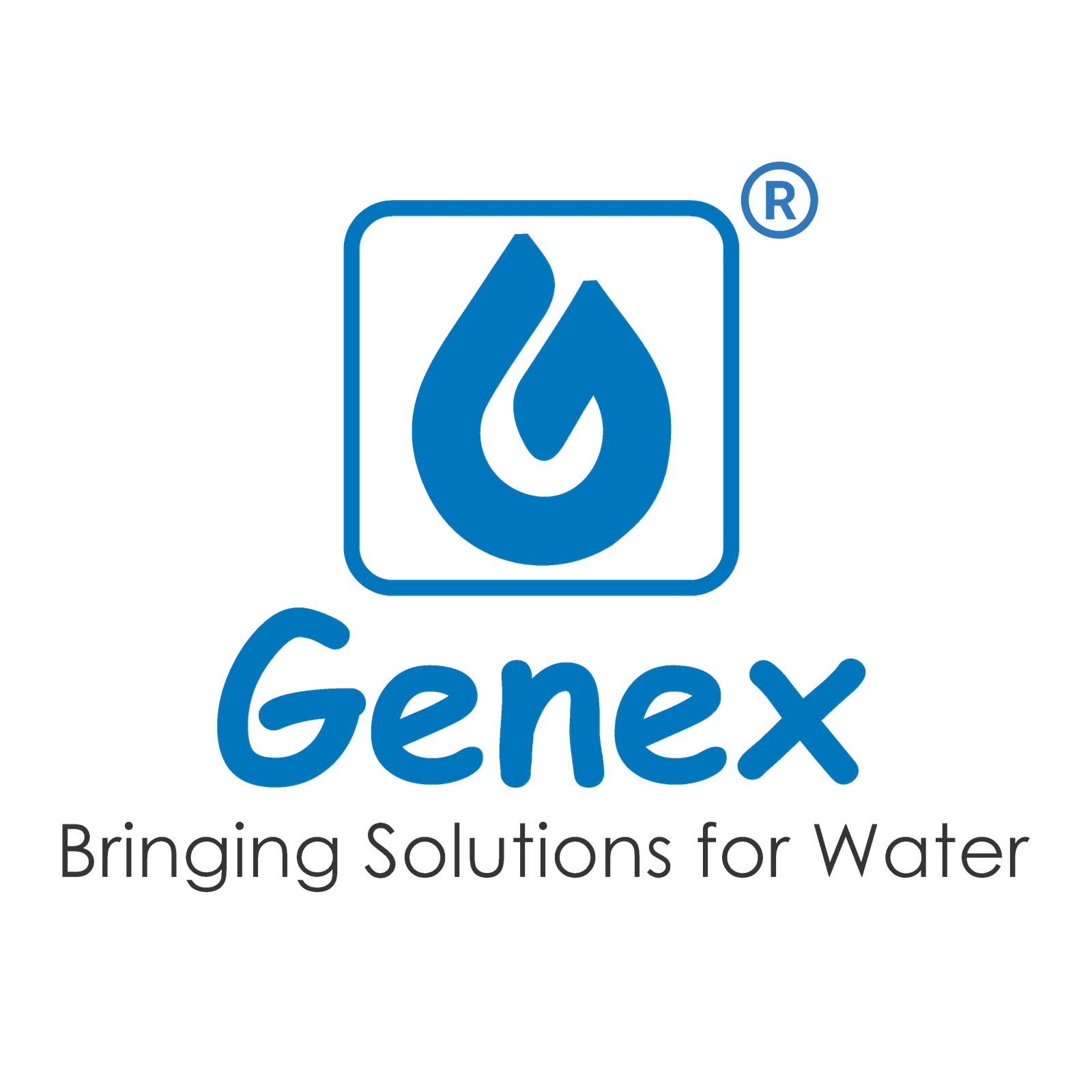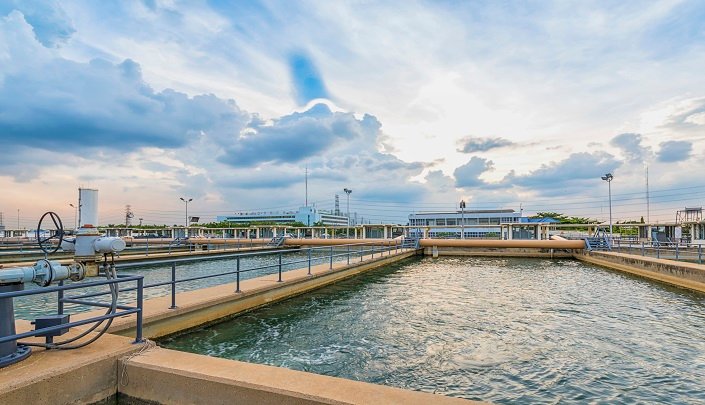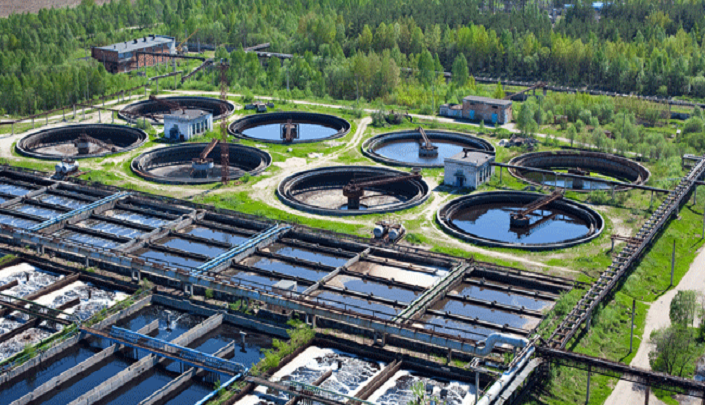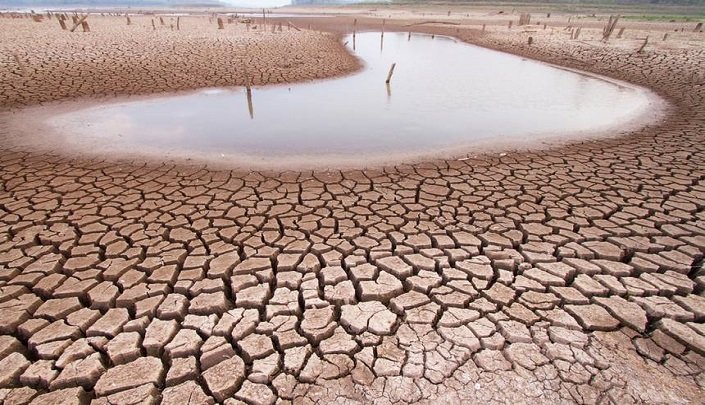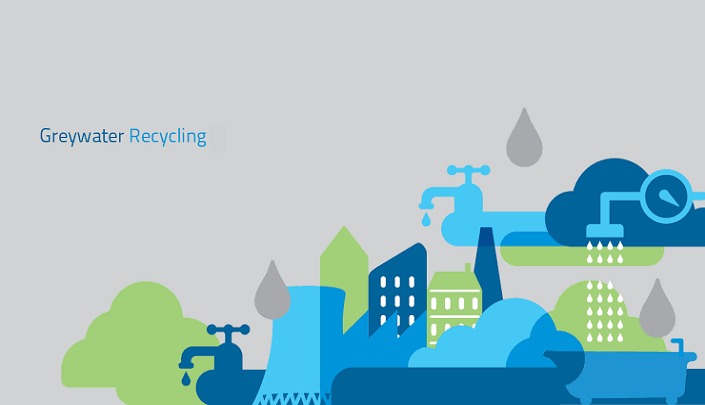

Grey water, also known as sullage, is the wastewater which arises in households or office buildings without fecal pollutants. Sources would consist of showers, kitchen sinks, washing machines, or dishwashers. Wastewater from toilets is known as black water which has very distinct contents.
Onsite treatment of grey water is necessary in areas where there is a lack of water. It has a high possibility for reuse. And grey water is generally safer and easier to treat and reuse due to presence of less harmful microorganisms in it. Pollutants which are found in it are especially determined by the lifestyle of specific household, climatic conditions of the area, geographical locations, etc.
Grey water Composition & Characteristics
Based on the habits and lifestyle of a household, the standard features of grey water fractions change remarkably. Water supply quality, distribution/storage network along with the chemical and biological deterioration of certain compounds also play a role in forming the attributes and composition of grey water.
If we compare the characteristics of grey water with wastewater, we can see that the former has lower BOD absorption, suspended solids, nitrogen concentration, and phosphorus concentration with more alkaline and salt content. However, the level of obstacle in the composition went up when toxic heavy metal pollutants were found in grey water.
pH level in grey water ranges between 5-9. Chemical composition of grey water is basically due to the chemicals used for cooking, bathing, or cleaning purposes. Hence, the pH levels increase with the presence of alkaline compounds in the water.
Surfactants, found in cleaning products, are present at high levels in grey water. They, in general contain salts such as sodium, ammonium along with nitrates and phosphate. Nitrogen is also found in grey water, the source being primarily kitchen waste.
Micro-organisms such as bacteria and protozoa are also a part of grey water composition. Adulterated food can be one source of their presence. Moreover, some traces of excreta are also found in grey water. Hence, it cannot be considered as completely free of pathogens. These traces are usually from the bathing or washing areas. Therefore, it is not recommended to store grey water as the quality can deteriorate causing a kind of odor.
Treatment Process
There are different procedures used to treat grey water for reuse and this is very much required in areas where there is scarcity of water. Treatment systems reduce the pollutants present in grey water which after processing can be reused.
There are 2 methods to purify grey water – physiochemical treatment or Biological treatment. The first one includes filtration, reverse osmosis, absorption, etc., while the latter constitutes rotating biological contractors, activated sludge systems, etc.
- • Greywater Reuse
- • Subsurface Applications
- • Irrigation
- • Surface applications
- • Toilet Flushing
- • Irrigation
- • Cooling Water
- • Water Features
- • Concrete Water
- • Hydrants
Grey water reiterates of one of the most effective methods to safeguard freshwater resources. The treatment processes can vary with the quality of grey water produced in the households. This also affects the characteristics and composition of grey water. Therefore, in order to opt for the correct method of treatment, a comprehensive assessment and understanding of the features of grey water is required.
For more information about our grey water treatment process and grey water recycling systems available with us, please call Genex Utility services at 91-9789155544/91-9379913940 or mail us.
